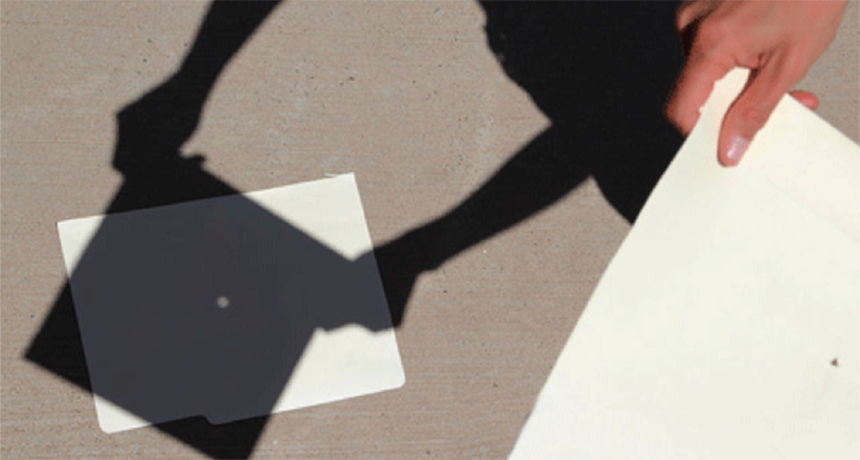Questions for ‘What scientists hope to learn from Great American Eclipse’

People can safely watch the eclipse on the ground using a pinhole eclipse “camera” as here. NASA even has a video to make another type of low-cost pinhole projector here.
NASA Jet Propulsion Laboratory